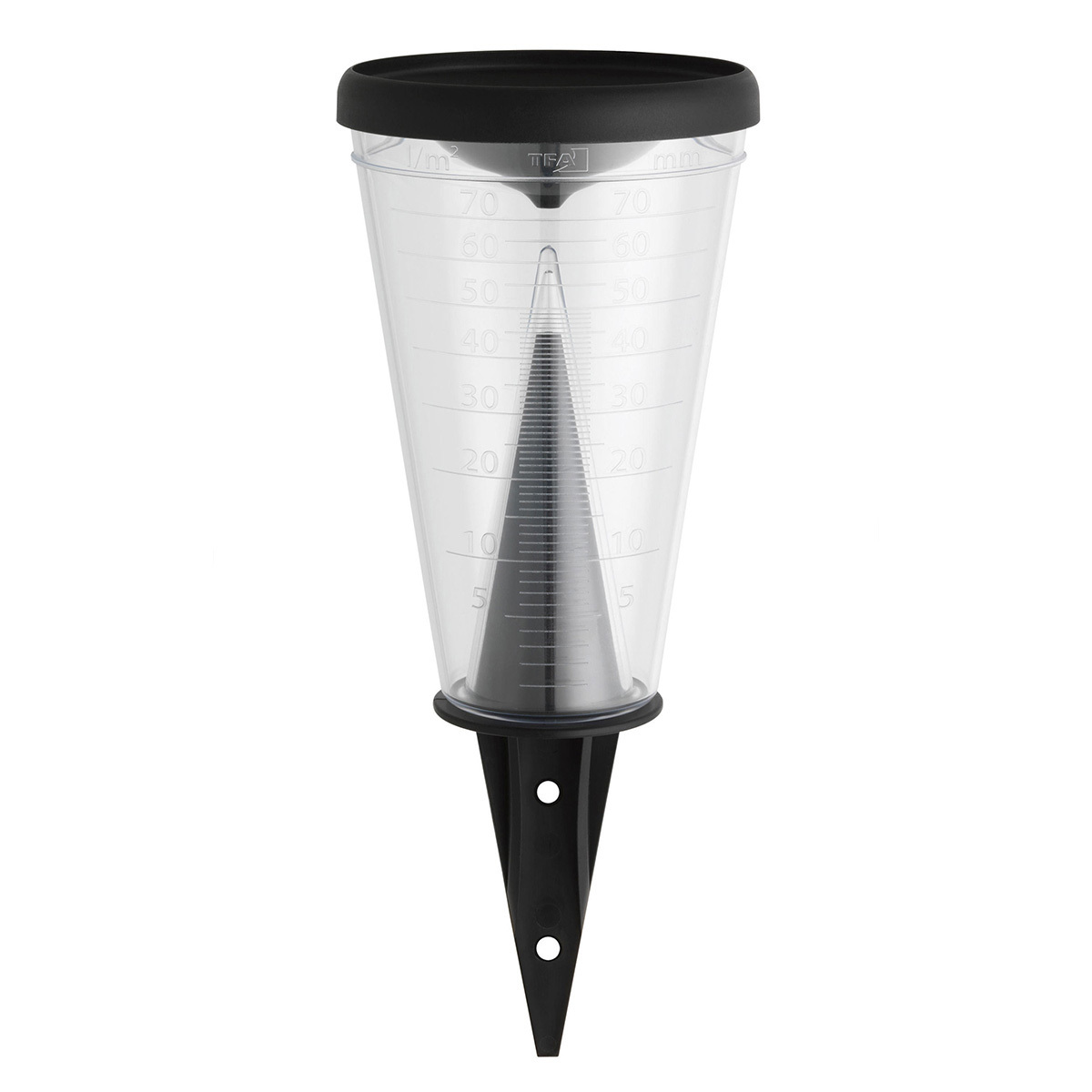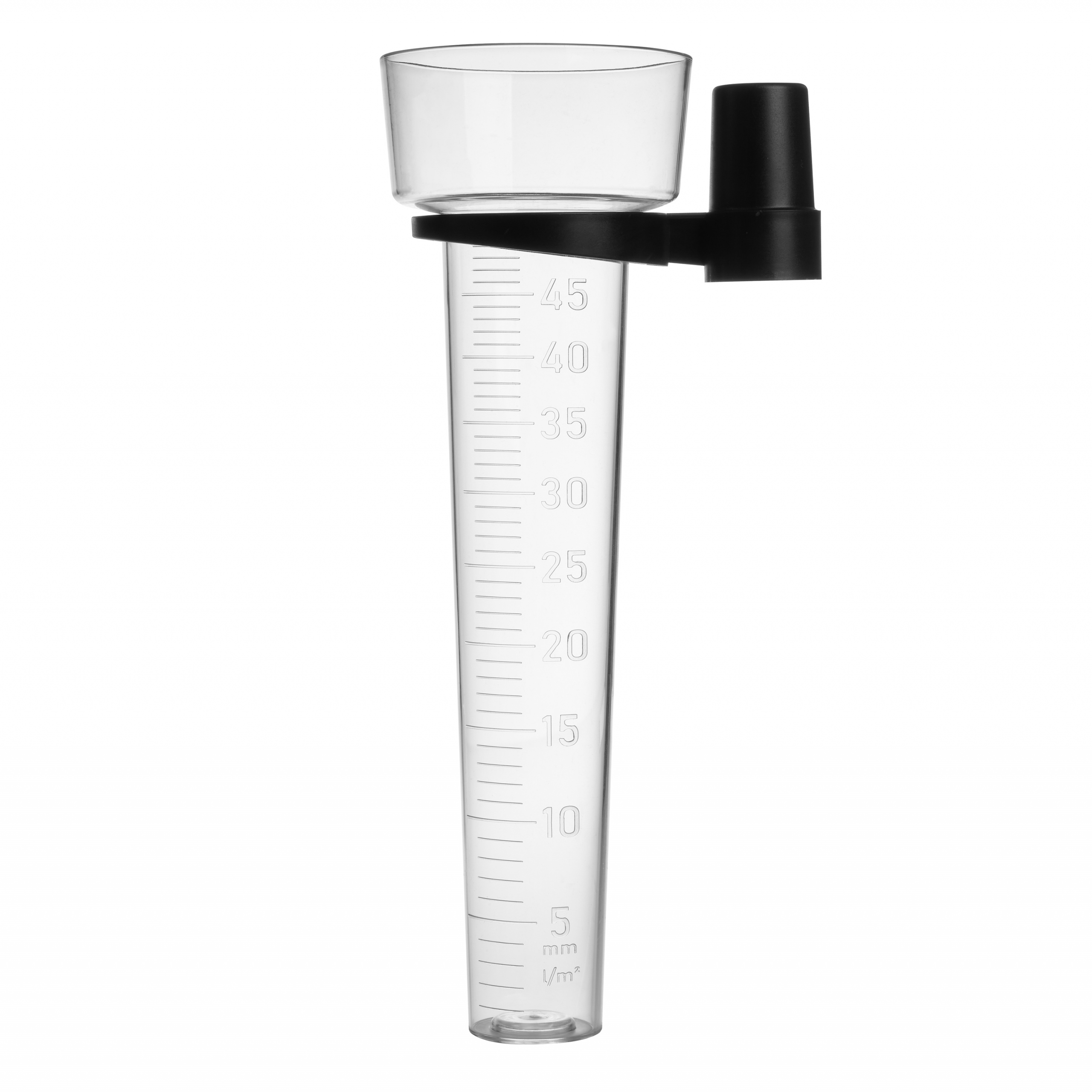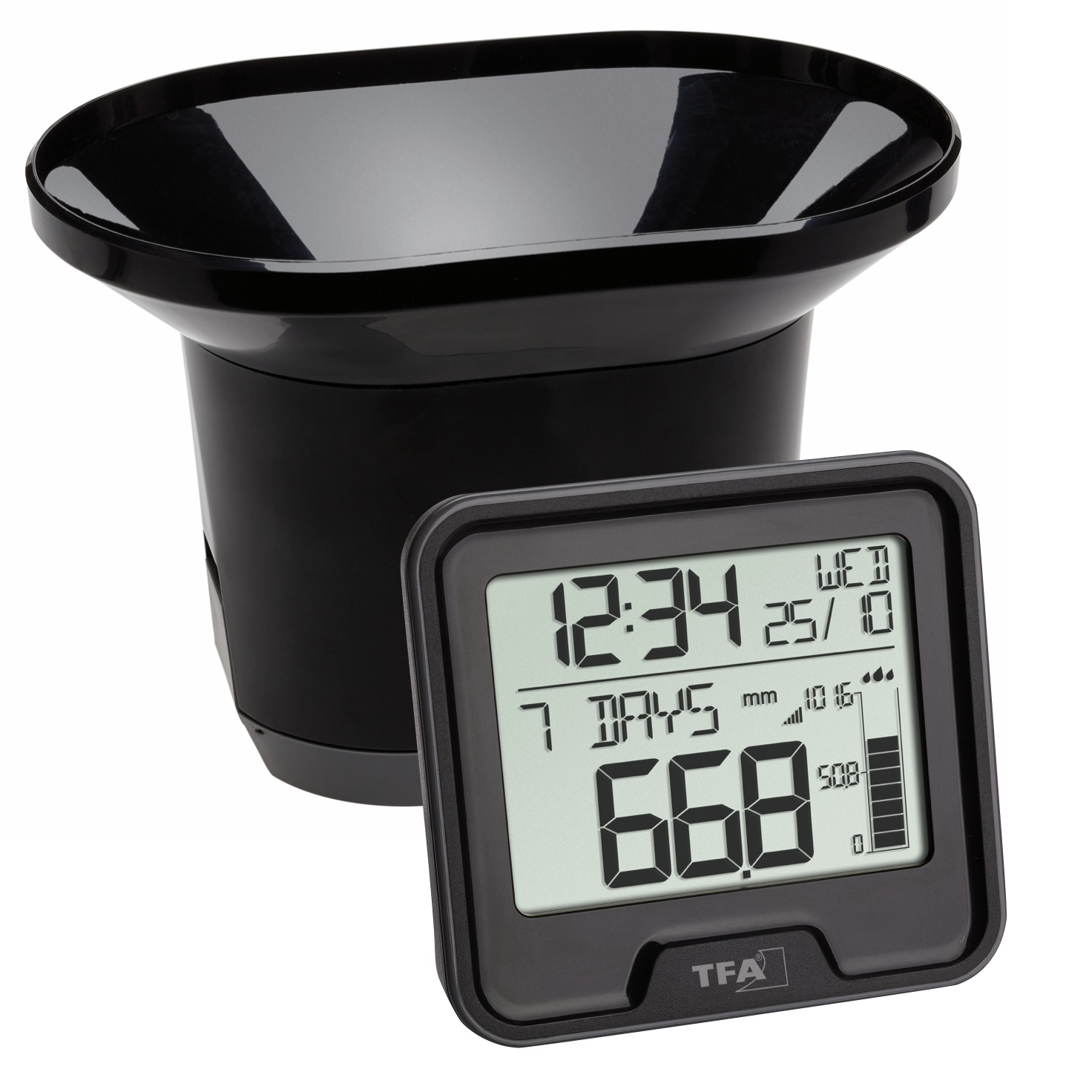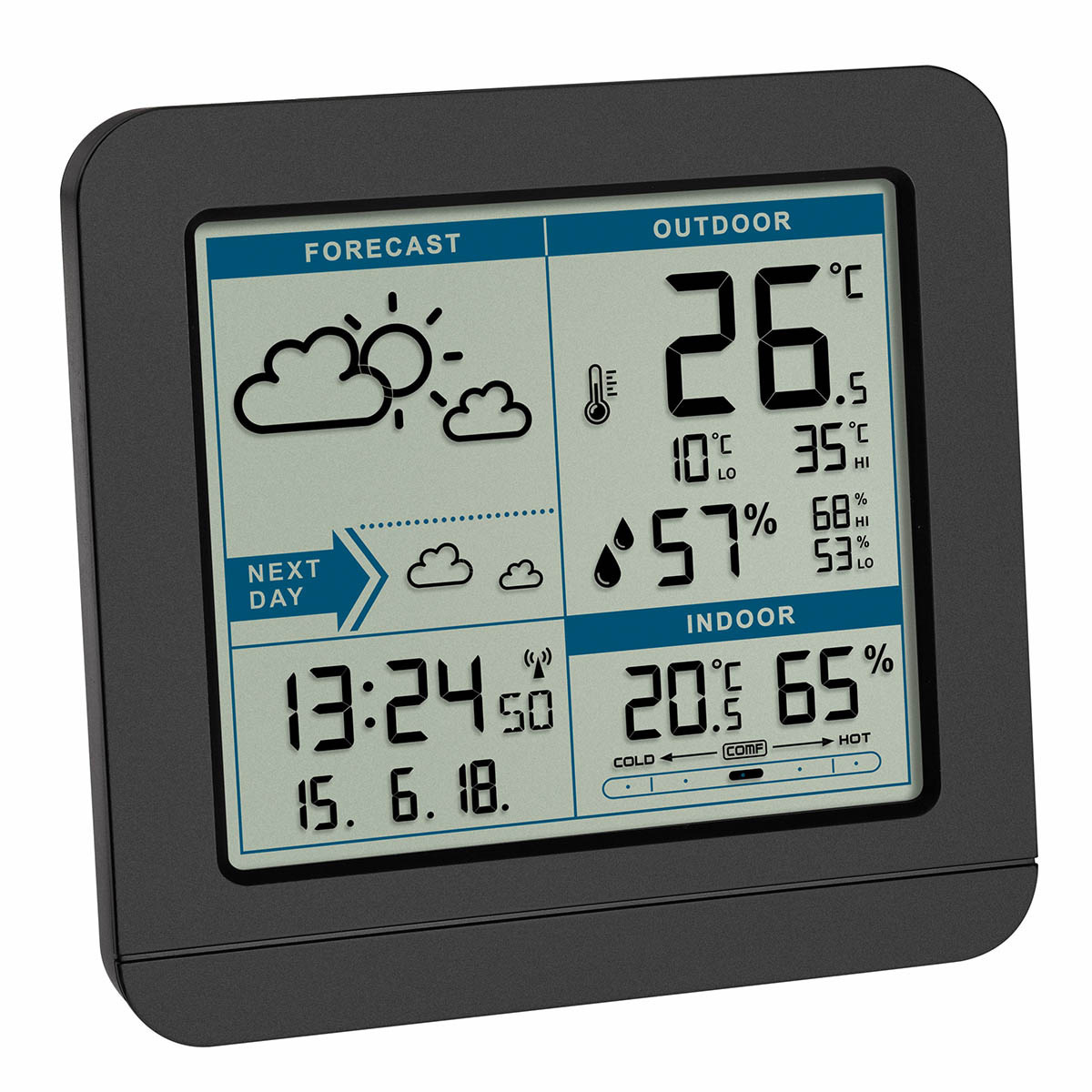27 June is known as the Seven Sleepers’ Day. This term stands for the weather lore that the weather on this day is an indicator of the weather trend for the summer.
Weather lore for forecasting the weather exists all year round. The Seven Sleepers’ Day is one of the many so-called “notable days” in the farming calendar. Weather lore was an important aid, especially when there were no meteorological weather forecasts. And here you can discover exactly when the seven sleepers’ day is, what the seven sleepers’ day has to do with the weather and how reliable this weather lore is.
When is the Seven Sleepers’ Day in 2023?
Like many other notable days in the farming calendar, such as the Ice Saints or the Sheep’s Cold at the beginning of June and the Dog Days between mid-July and mid-August, the Seven Sleepers’ Day is also a weather phenomenon. Officially, 27 June is the Seven Sleepers’ day. But what weather wisdom is there about this date?
What does the Seven Sleepers’ Day mean?
According to old traditions, the weather will stay as it is on the Seven Sleepers’ Day. There are a number of weather lore for the day of the Seven Sleepers. Here are a few examples for the Seven Sleepers‘ Day:
- The weather on the seven sleepers’ day may stay for seven weeks.
- If the sun shines on the seven sleepers, there will be seven weeks of bliss.
- If the seven sleepers conjure rain, it will rain for a whole seven weeks.
- If it rains on the seven sleepers’ day, the rain may not let up for seven weeks.
- If the seven sleepers’ day is wet, it will rain incessantly.
- As the weather on the Seven Sleepers’ Day so may it be in July.
The Seven Sleeper’s Day has a special significance in meteorology, as it is regarded as an indication of the weather for the next seven weeks and is therefore followed with equal attention by weather experts and in everyday conversations about the weather.
Rain on the seven sleeper’s day does not, therefore, bode well for the weather in the summer. If, on the other hand, the sun shines, we can look forward to warm and stable weather in July and August according to the seven sleepers’ rule.
When will the seven sleepers’ be in 2025?
The Seven Sleepers’ Day is an important event in Central Europe. It will happen again on Tuesday 27 June 2025. This is Seven Sleepers’ Day 2025 and will determine the weather trend for the following seven weeks (49 days). Or maybe not?
What is the weather like on the Seven Sleepers’ Day?
The seven sleepers’ day is considered a meteorological singularity. This refers to recurring general weather conditions that are highly likely to occur in certain periods within a year.
Depending on the interaction of high and low pressure areas, either good or bad weather can establish itself over a period of several weeks on the seven sleepers’ day. In the seven sleepers’ phase – from the end of June to the beginning of July – the jet stream has often found its course for the summer and then remains constant for several weeks.
What does this mean for the weather in 2025? We are curious to see what the weather will be like on the Seven Sleepers’ Day.
What do the seven sleepers’ have to do with the weather?
What was collated many hundreds of years ago through observation and oral tradition can now be predicted more accurately with the help of statistics. This is why we now know that, strictly speaking, the days between 27 June and 7 July give an indication of the weather conditions in the coming weeks. This is also due to the fact that the weather lore of the seven sleepers’ day originated before the Gregorian calendar. The calendar reform in 1582 moved it forward by exactly seven days.

Weather forecast on the seven sleepers’ day
However, the general weather situation during this period is no guarantee. Looking at Germany as a whole, there is almost a 50:50 chance that the following seven weeks will correspond to the Seven Sleepers’ Day weather. However, the weather lore applies more often to the south of Germany than to the northern regions.
It is important to consider not just the individual day, but the entire period from the end of June to the beginning of July. This shows that the seven sleepers’ rule has a certain justification for the weather. For instance, in southern Germany, the seven sleepers’ can be relied on more. However, the weather rule does not apply uniformly for seven weeks, but only for the following four weeks.
How did the seven sleepers’ day get its name?
The term “seven sleepers” has nothing to do with late risers nor with the dormouse rodent, called ‘Siebenschläfer’ (‘seven sleeper’) in German. Dormice get their name because they sleep an extraordinary amount. These small wild animals hibernate from September to May, i.e. for around seven months.
Instead of the rodent, the Seven Sleepers’ Day stems from the legend of the seven sleepers of Ephesus (present-day Turkey). The seven sleepers of Ephesus refer to seven Christians who were walled up alive in a mountain cave near Ephesus. They are said to have been walled up in a cave during the persecution of Christians in the years 249 to 251 AD. It is said that they did not die, but slept for 195 years.
According to legend, the men awoke on 27 June in the year 446, reinforcing the belief in the resurrection of the dead. On Seven Sleepers’ Day, believers in many parts of the world gather to honour the legend of the seven sleepers and reflect on the importance of perseverance and faith.








